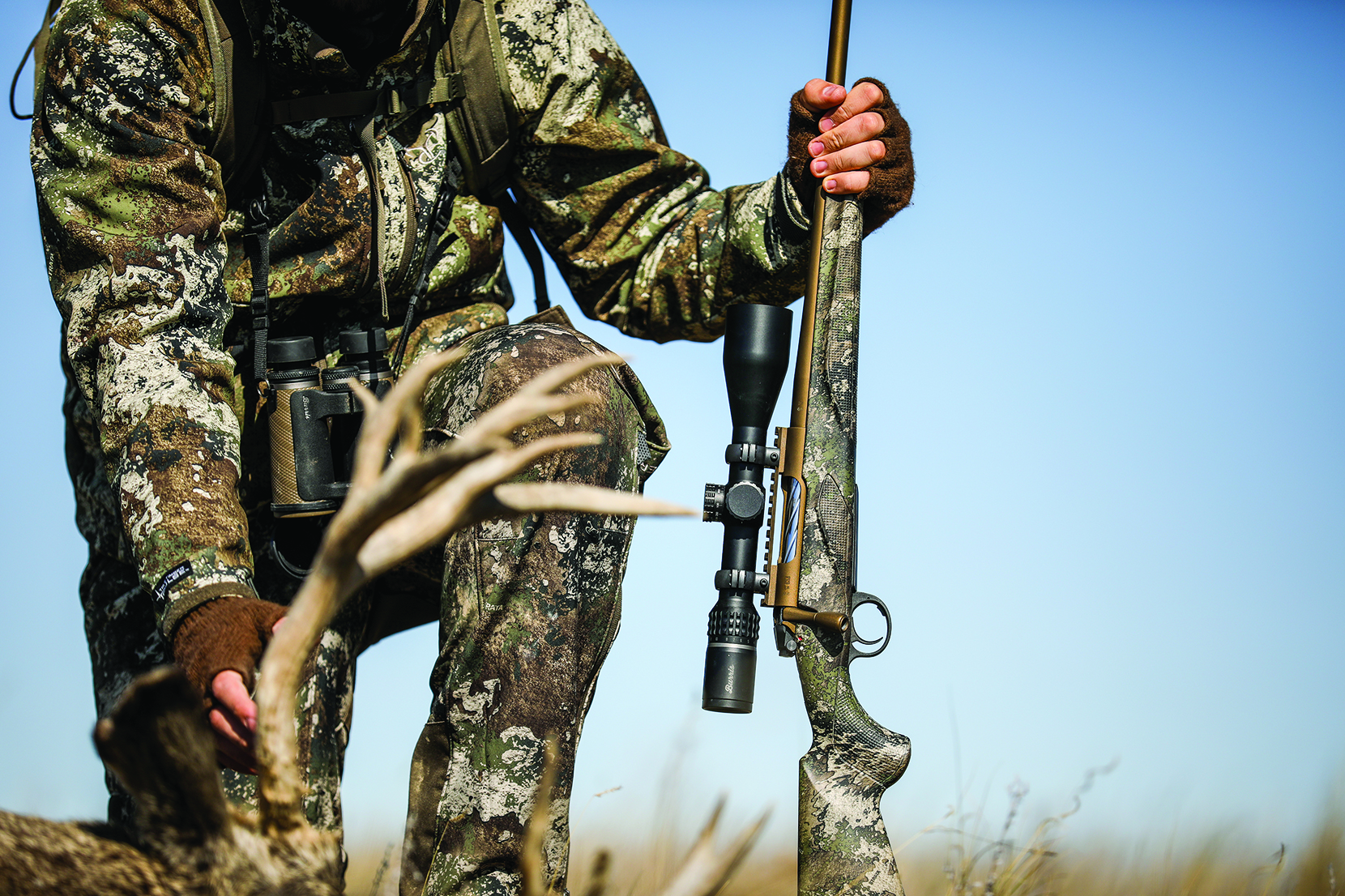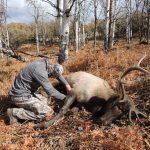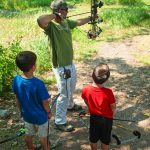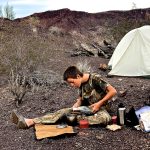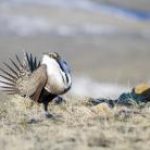Go ahead, buy that new rifle–it’s for the good of wildlife conservation.
Photo above courtesy of Blue Heron Productions
Did you buy a new rifle last year? Or a few boxes of ammo, when you were lucky enough to find some? A hunting license? Or maybe a Disney princess fishing rod for your daughter? If you answered yes to any of these questions, then you also did some other very worthy things, whether you realized it or not: You helped fund a wildlife conservation project in your state. You contributed to a biological study on deer or bears. You helped spiff up a public shooting range. And you kicked in some money for better access to a trout stream.
Last year, 2021, was a record-breaking year for wildlife funding. An astounding $1.5 billion was generated for the benefit of state wildlife and fisheries agencies through the Federal Wildlife and Sporting Fishing Restoration Program, shattering the previous record of $808 million set in 2015. Hunters and shooters generated $1.1 billion of that through their purchases, while anglers and boaters accounted for some $400 million.
I think most non-hunters (and a lot of hunters, too) just kind of assume that we’ve always had deer and elk, and open land to hike and hunt, and pretty lakes with fish in them. Nope. None of that happened by accident. The wildlife, habitat, and outdoor access we all enjoy today took a lot of effort, and it cost a lot of money–and most of that money was generated by hunters, shooters, and anglers, through their purchases of equipment and licenses.
In 1937, the Federal Aid in Wildlife Restoration Act (better known as the Pittman-Robertson, or P-R Act, after its sponsors, Senator Key Pittman of Nevada and Rep. Absalom Robertson of Virginia), levied an 11 percent excise tax on the sale of rifles, shotguns, and ammunition, and ensured that all of the proceeds, every year, would be distributed to the state wildlife agencies.
The state agencies are the official entities that ensure the stability and growth of wildlife populations, habitat, and access to outdoor recreation. The money collected is doled out according to a formula that takes into account the size of each state and how many hunting licenses it sells. State agencies apply for the money, and they are required to match the funds to the tune of 25 percent or more with money drawn from their license sales.
Wildlife and fisheries in this country were, by all accounts, in a sorry state in the 1930s. But the funds from the new legislation began to quickly pay dividends in the form of habitat improvement and game restoration in every state.
The success of P-R soon led to it being expanded to include handguns and archery equipment. And it 1950, a similar bill was passed to benefit fisheries: the Dingell-Johnson Federal Aid in Sport Fish Restoration Act, which created a similar excise tax on fishing tackle, boat equipment, and boat fuel. (That’s where the Disney fishing rod comes in.)
And it’s worth noting that when this all started, sportsmen themselves were the ones who lobbied for this legislation. Yes, we volunteered to tax ourselves for the benefit of wildlife! A lot of hikers and birdwatchers like to think hunters don’t do anything for wild animals except kill them, but have they come forward with a similar proposal to tax optics, backpacks, or hiking boots and donate the money to fund wildlife habitat? Nope. Not yet.
Since the inception of the program, the U.S. Fish and Wildlife Service has distributed more than $25.5 billion in Wildlife and Sport Fish Restoration Program funds for state conservation and recreation projects. State wildlife agencies have matched these funds with approximately $8.5 billion, mostly from hunting and fishing license revenues. The fish and wildlife agencies have performed miracles with this money–miracles that we can see today in the form of plentiful deer, elk, and antelope, and open spaces to hunt them on. Pittman-Robertson is generally considered to be one of the most effective pieces of legislation ever passed for the benefit of wildlife.
So, if you need an excuse to buy another rifle this year, you’ve got one: You’re helping fund conservation. And with the many new hunters and shooters joining our ranks, 2022 just might be another record-breaking year.

